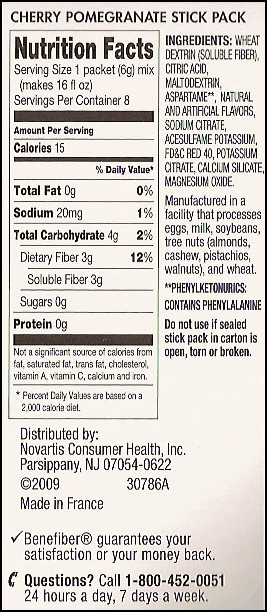Previously we looked at the deliterious health effects of our seated, sedentary modern lifestyle; and we saw remarkable value of NEAT, or Non-Exercise Activity Thermogenesis. Essentially, sitting a lot correlates to early death while moving around a lot makes you healthy–even if this movement isn’t what you might call “exercise.”
Part II of the discussion revolves around the article Movement comes with appetite, found on Science Daily. We’re told of findings by a Swiss research team, whose study is found in the journal Nature. (The full study can be accessed here for a fee.) The science here is fairly complicated so I’m going to try and avoid the overly complex details. Essentially, the star of the study is a molecule found in the liver and hypothalmus called Foxa2. Foxa2 is found in humans and other animals. Here we go with an attempt at explaining why Foxa2 is important.
Foxa2 found in the liver affects fat burning. It’s also found in the hypothalmus which affects daily rhythm, sleep, intake of food and sexual behavior. Researchers also observed that Foxa2 helps form two proteins (MCH and orexin) which trigger both the intake of food and spontaneous movement. Foxa2 is blocked by insulin which is released when we eat. In a fasted state–between meals for instance–insulin is absent and Foxa2 is active. Thus animals tend to be more active while hungry.
If mammals are hungry, they are more alert and physically active. In short, they hunt and look for food. “If you watch a cat or a dog before feeding it, you can see this very clearly,” Markus Stoffel, a professor from the Institute of Molecular Systems Biology at ETH Zurich.
Researchers found a Foxa2 disorder in obese mice. High levels of insulin blunted Foxa2 which in turn reduced production of the two proteins that triggered hunger and movement. To prove this, the researchers bred mice with ultra-active Foxa2 production and the result were mice with high production of the two proteins. These mice lost fatty tissue and formed larger muscles. Their sugar and fat metabolism increased considerably.
The practical suggestion from Stoffel is that we should be hungry sometimes. “The body needs fasting periods to stay healthy.” Hunger promotes movement and thus all the benefits we expect from an active lifestyle. Both the study’s evidence and the suggestions from this researcher are contrary to much of the popular nutrition advice.
The suggestion that one should eat small frequent meals throughout the day (aka grazing) is standard advice found on almost any list (look here, here, here, here and here for starters) of healthy eating tips. I’ve told clients this many times and I’ve followed this bit of common knowledge for years. The reasoning behind the several-small-meals tactic is 1) eating throughout the day keeps the metabolism up, and 2) if we become too hungry then we tend to overeat at mealtime. Is it possible we’ve been doing it wrong? Could three meals a day in fact make us leaner and healthier? I think the answer to that question is the same answer to most questions: It depends. I’ll discuss it more in Part III.

